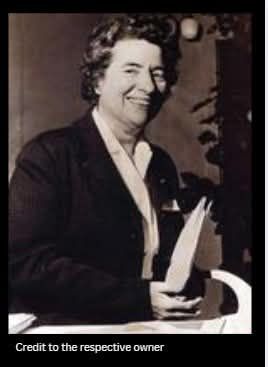Marguerite Perey’s journey to scientific discovery was far from easy. Born in 1909 in Villemomble, France, she originally dreamed of becoming a doctor, but financial difficulties pushed her to pursue a shorter, more affordable course. This led her to the Radium Institute in Paris, where she worked as a laboratory assistant to Marie Curie’s daughter, Irène Joliot-Curie. Perey’s sharp intellect, careful approach, and unending curiosity soon became clear.
In 1939, while studying the radioactive decay of actinium, she discovered an unknown element—later named francium in honor of her homeland. It was the last element found in nature rather than created in a lab, a truly remarkable feat in the history of chemistry. Yet, during a time when women in science were often overlooked, her achievement didn’t earn her the wide recognition she deserved. Though nominated for the Nobel Prize five times, she never won, highlighting how often women’s brilliance has been ignored in science.
Despite not receiving the Nobel, Perey’s work reshaped the periodic table and secured her place in the story of modern physics and chemistry. She became the first woman elected to the French Academy of Sciences, breaking a barrier that had kept women out for over 300 years. Unfortunately, her prolonged exposure to radiation—a risk in the early days of nuclear research when safety measures were limited—damaged her health, and she died of cancer in 1975 at just 65.
